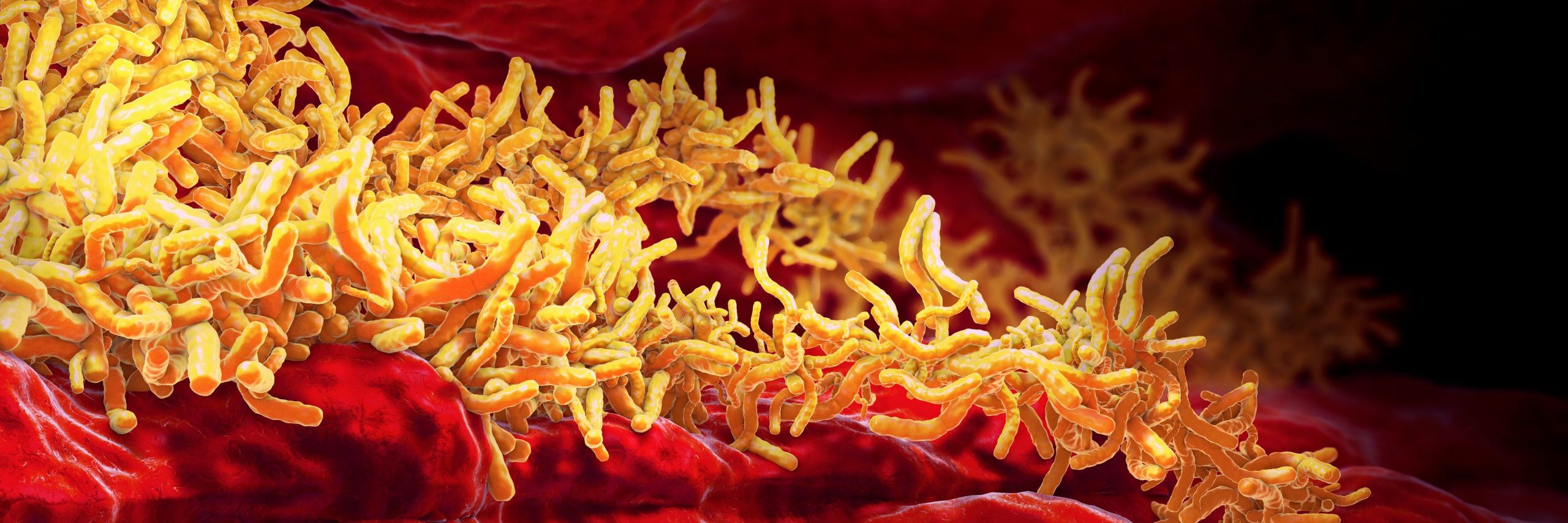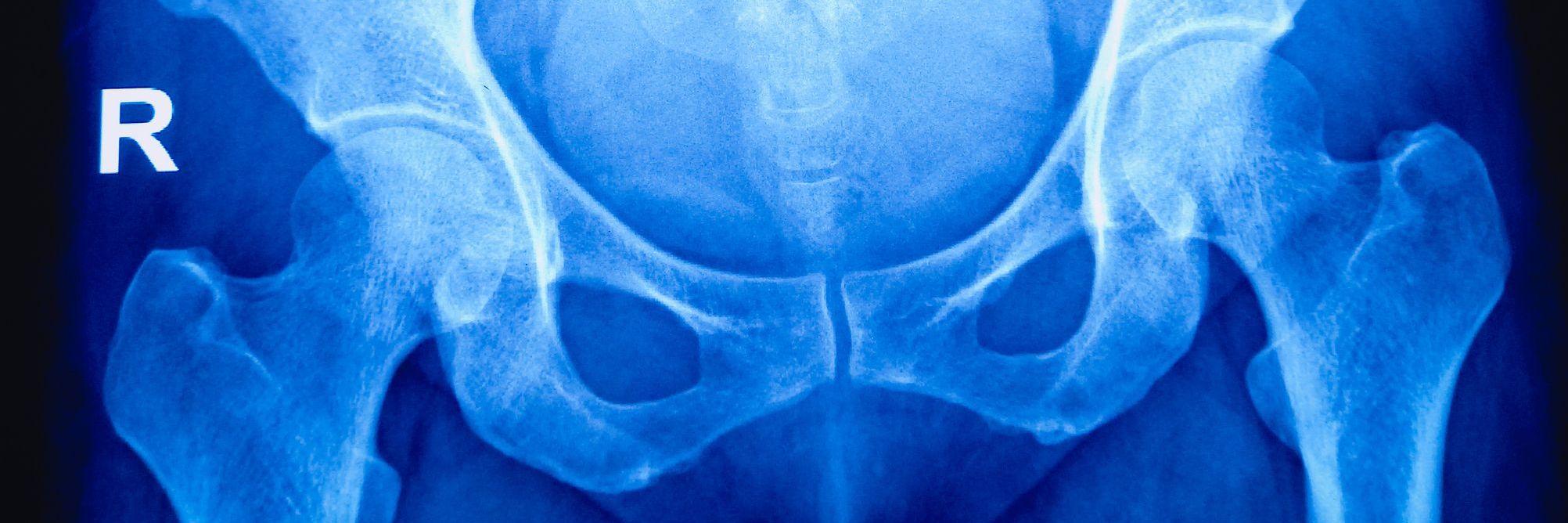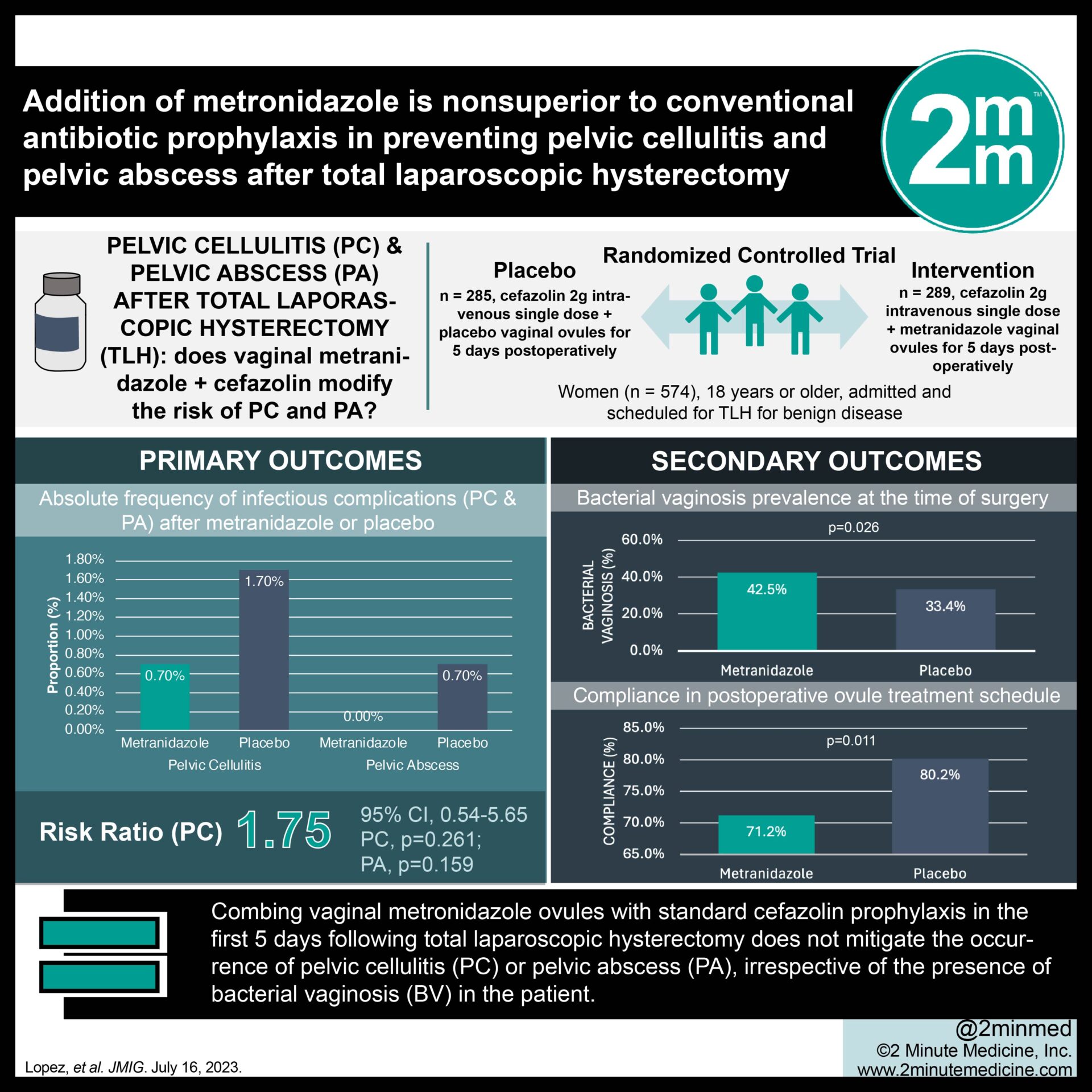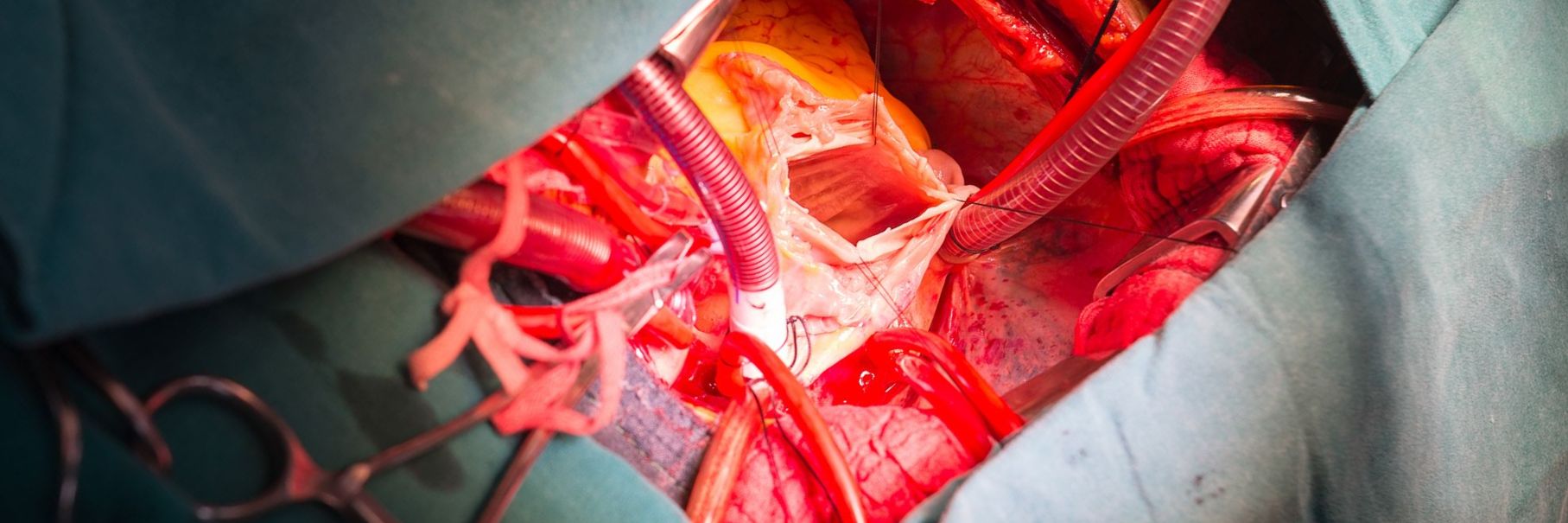Accurate evaluation of residual cancer burden remains challenging because of the lack of appropriate techniques for tumor bed sampling. This study evaluated the application of a white light imaging system to help pathologists differentiate the components and location of tumor bed in specimens.
The high dynamic range dual-mode white light imaging (HDR-DWI) system was developed to capture antiglare reflection and multiexposure HDR transmission images. It was tested in 60 specimens of modified radical mastectomy after neoadjuvant therapy. We observed the differential transmittance among tumor tissue, fibrosis tissue, and adipose tissue.
The sensitivity and specificity of HDR-DWI were compared with x-ray or visual examination to determine whether HDR-DWI was superior in identifying tumor beds. We found that tumor tissue had lower transmittance (0.12 ± 0.03) than fibers (0.15 ± 0.04) and fats (0.27 ± 0.07) (P < .01).
HDR-DWI was more sensitive in identifying fiber and tumor tissues than cabinet x-ray and visual observation (P < .01). In addition, HDR-DWI could identify more fibrosis areas than the currently used whole slide imaging did in 12 samples (12/60). We have determined that HDR-DWI can provide more in-depth tumor bed information than x-ray and visual examination do, which will help prevent diagnostic errors in tumor bed sampling.
© The Author(s) 2023. Published by Oxford University Press on behalf of American Society for Clinical Pathology. All rights reserved. For permissions, please e-mail: journals.permissions@oup.com.














